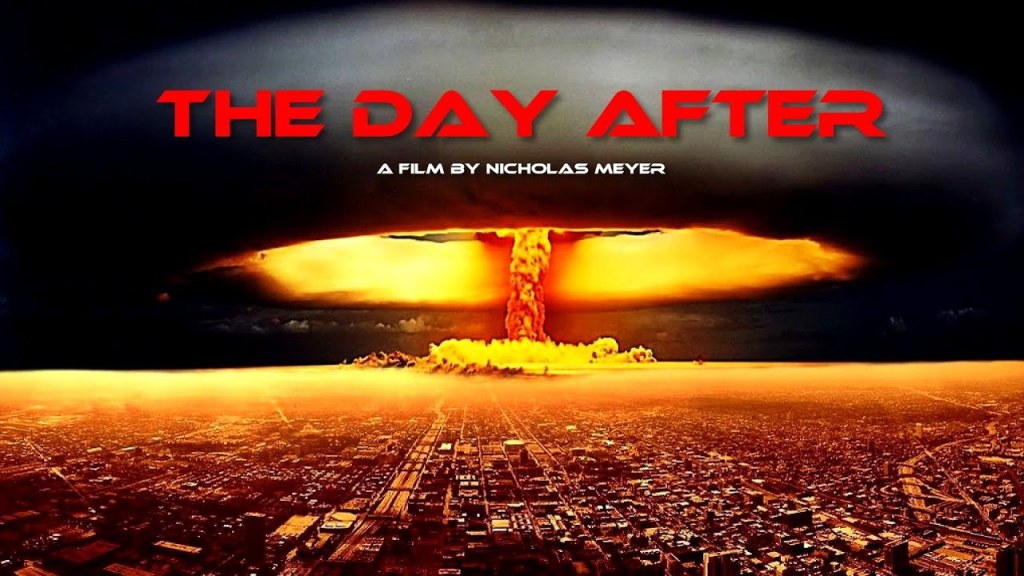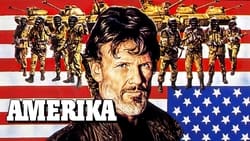Introduction

War Comes to America is the seventh and final film of Frank Capra’s Why We Fight World War II propaganda film series.
Outline
The early part of the film is an idealised version of American history which includes mention of the first settlements, the American Revolutionary War (omitting the American Civil War), and the ethnic diversity of America. It lists 22 immigrant nationalities, 19 of them European, and uses the then-current terms “Negro”, “Jap”, and “Chinaman”. This section of the film concludes with a lengthy paean to American inventiveness, economic abundance, and social ideals.
The run-up to World War II is then described, beginning in 1931 with the Japanese invasion of Manchuria. The film examines how American public opinion gradually changed from one of isolationism to one of support for the Allied cause, and demonstrates this using a series of Gallup polls.
In 1936, public opinion is firmly isolationist, with 95% of Americans answering NO to the question “If another world war develops in Europe, should America take part again?”. Congress responded with an arms embargo and a “Cash and carry rule” when trading with belligerents in raw materials.
In September 1937, the question “In the current fight between Japan and China, are your sympathies with either side?” is answered CHINA 43%, JAPAN 2%, UNDECIDED 55%, while in June 1939 the same question gives a 74% vote for China. Anti-Japanese sentiment thus forced the US government to block trade in oil and scrap iron with Japan.
In October 1939, 82% of Americans blame Germany for starting the war in Europe, while in January 1941, after the Fall of France, and also the founding of the Tripartite Pact, which was clearly aimed against the United States, the question “Should we keep out of war, or aid Britain, even at the risk of war?”, AID BRITAIN got 68% of the vote. This increase in pro-Allied sentiment triggered Lend Lease aid to Britain (and to the Soviet Union after it was attacked by Germany).
Towards the end the film argues in detail (to a backdrop of animated maps and diagrams) that American involvement in the war was essential in terms of self-defence. The dire consequences for the United States of an Axis victory in Eurasia are spelled out:
German conquest of Europe and Africa would bring all their raw materials, plus their entire industrial development, under one control. Of the 2 billion people in the world, the Nazis would rule roughly one quarter, the 500 million people of Europe and Africa, forced into slavery to labour for Germany. German conquest of Russia would add the vast raw materials and the production facilities of another of the world’s industrial areas, and of the world’s people, another 200 million would be added to the Nazi labour pile.
Japanese conquest of the Orient would pour into their factory the almost unlimited resources of that area, and of the peoples of the earth, a thousand million would come under their rule, slaves for their industrial machine. Altogether, the German, Italian and Japanese aggressors would undertake a catalystic crisis, one that would enslave most of the world’s population and liquidate about 90% of cultural life on Earth.
We in North and South America would be left with the raw materials of three-tenths of the earth’s surface, against the Axis with the resources of seven-tenths. We would have one industrial region against their three industrial regions. We would have one-eighth of the world’s population against their seven-eighths. If we together, along with the other nations of North and South America, could mobilise 30 million fully equipped men, the Axis could mobilise 200 million.
Thus, an Axis victory in Europe and Asia would leave us alone and virtually surrounded facing enemies ten times stronger than ourselves.
The film ends with the Attack on Pearl Harbour – the film shows how the Japanese negotiators in Washington, led by Saburo Kurusu, were still negotiating with the Americans while the attack was taking place in Hawaii. This was “the straw that broke the camel’s back” that caused the United States to enter the war.
Why We Fight Series
The Why We Fight was a series of seven documentary films commissioned by the US government during World War II to justify to US soldiers their country’s involvement in the war. Later on, they were also shown to the US public to persuade them to support US involvement in the war.
Most of the films were directed by Frank Capra, who was daunted, yet impressed and challenged, by Leni Riefenstahl’s propaganda film Triumph of the Will, and worked in direct response to it. The series faced a tough challenge: convincing a recently non-interventionist nation of the need to become involved in the war and ally with the Soviets, among other things. In many of the films, Capra and other directors spliced in Axis powers propaganda footage going back twenty years, and re-contextualised it so it promoted the cause of the Allies.
Why We Fight was edited primarily by William Hornbeck, although some parts were re-enacted “under War Department supervision” if there was no relevant footage available. The animated portions of the films were produced by the Disney studios – with the animated maps following a convention of depicting Axis-occupied territory in black.
- Prelude to War.
- The Nazis Strike.
- Divide and Conquer.
- The Battle of Britain.
- The Battle of Russia.
- The Battle of China.
- War Comes to America.
Production & Filming Details
- Director: Frank Capra and Anatole Litvak.
- Producer: Frank Capra.
- Writers:Julius Epstein, Philip Epstein, Emma Lazarus, and Anthony Veiller.
- Narrators: Walter Huston and Lloyd Nolan.
- Cinematography: Robert Flaherty.
- Editor: William Hornbeck.
- Distributors: US Army Pictorial Services.
- Released Date: 14 June 1945.
- Running time: 70 minutes.
- Country: United States.
- Language: English.
YouTube Link




Leave a comment